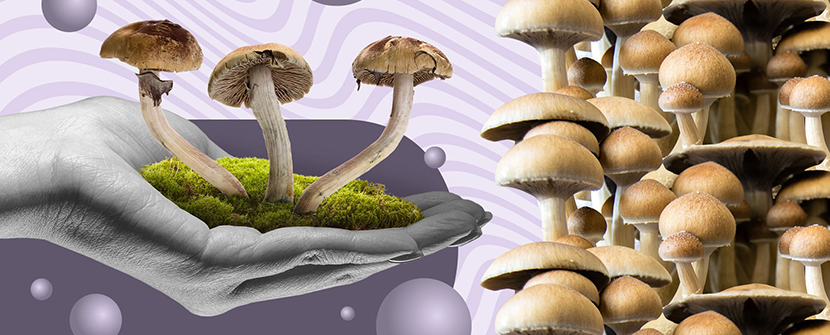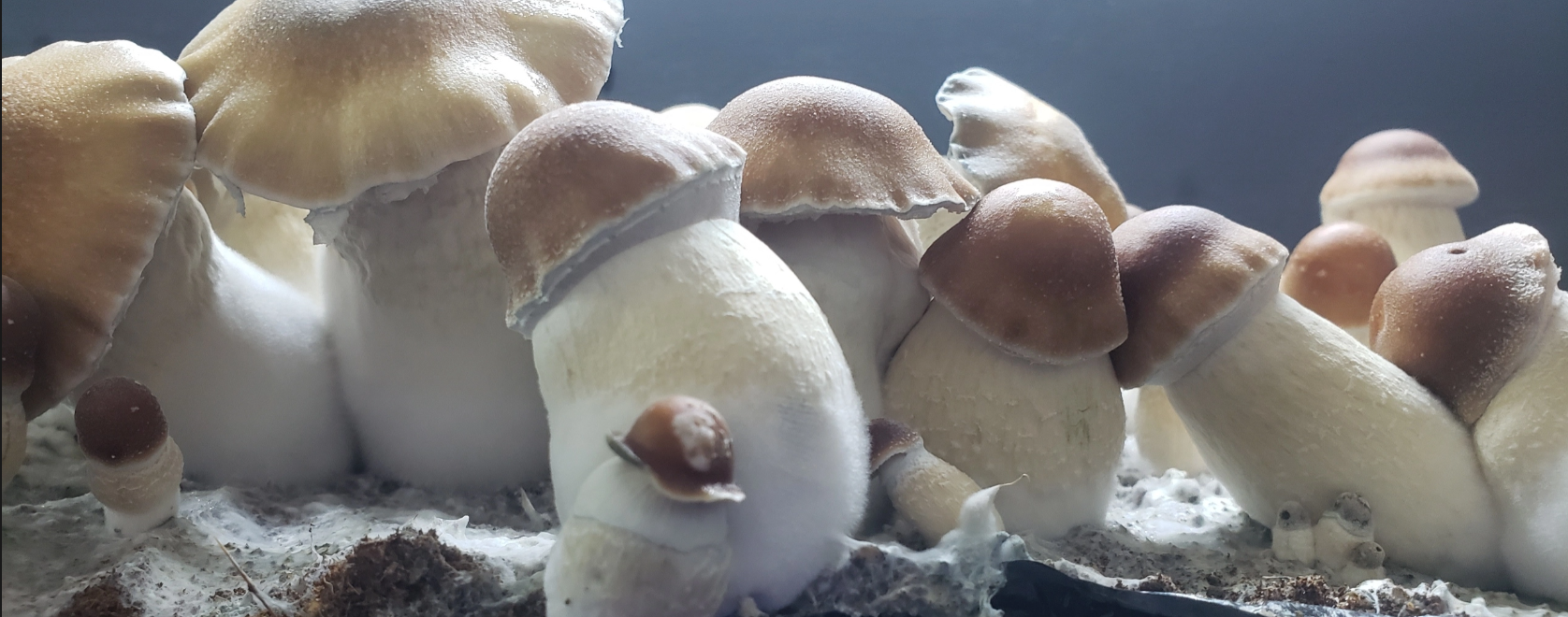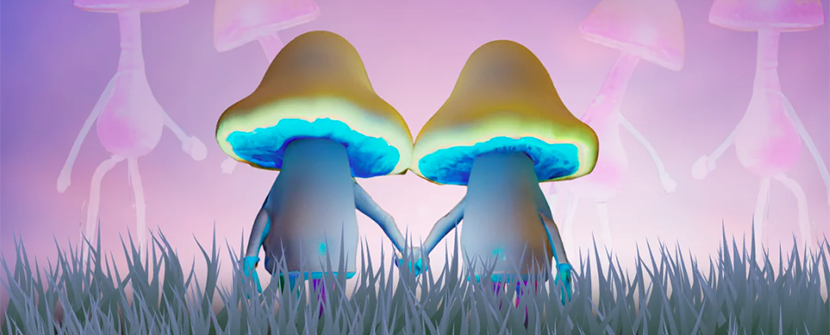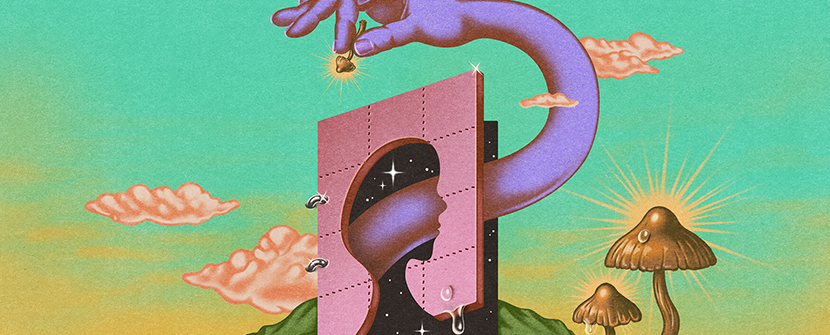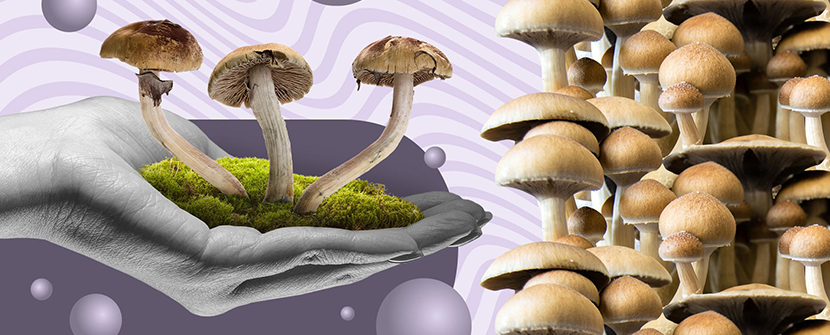Have you ever heard of the Stamets Stack? If you are interested in microdosing, mushrooms, or brain health, you might want to learn more about this fascinating and innovative method. In this blog post, I will explain what the Stamets Stack is, who invented it, how it works, and what are the potential benefits and risks of trying it.
What is the Stamets Stack?
The Stamets Stack is a microdosing method that involves taking a combination of three substances: psilocybin, Lion’s Mane, and niacin. Psilocybin is the active compound in magic mushrooms, Lion’s Mane is a medicinal mushroom that may have nerve-regenerative properties, and niacin is a form of vitamin B3 that may help with blood circulation.
The Stamets Stack was invented by Paul Stamets, a mycologist and author who is known for his research and advocacy of mushrooms and fungi. The purpose of the Stamets Stack is to improve cognition and brain health by stimulating the growth and repair of neurons and neural pathways.
Who is Paul Stamets?
Paul Stamets is a world-renowned mycologist, author, speaker, and entrepreneur who has dedicated his life to studying and promoting the benefits of mushrooms and fungi. He has written several books on the topic, such as Mycelium Running: How Mushrooms Can Help Save the World, Psilocybin Mushrooms of the World, and Growing Gourmet and Medicinal Mushrooms.
He has also given several TED talks and appeared in documentaries such as Fantastic Fungi and Star Trek: Discovery. He is the founder of Fungi Perfecti, a company that sells mushroom products and supplies. He is also the inspiration behind the Stamets Stack, which he claims to have discovered through his own personal experiments and observations.
How does the Stamets Stack work?
The Stamets Stack works by combining three substances that may have synergistic effects on the brain. Psilocybin is a psychedelic compound that can alter perception, mood, and cognition. It may also have neurogenic effects, meaning that it can stimulate the growth of new brain cells and connections. Lion’s Mane is a medicinal mushroom that contains compounds called hericenones and erinacines, which may stimulate the production of nerve growth factor (NGF), a protein that is essential for the survival and function of neurons. Niacin is a vitamin that can improve blood flow and oxygen delivery to the brain. It may also act as a “flushing agent” that can help spread psilocybin and Lion’s Mane throughout the body.
The protocol for the Stamets Stack involves taking the following doses on a cycle of four days on and three days off:
- Psilocybin: 0.05 to 0.25 grams
- Lion’s Mane: 50 to 200 milligrams
- Niacin: 100 to 200 milligrams
The doses are taken together in the morning, preferably on an empty stomach. The psilocybin dose is low enough to avoid any noticeable psychedelic effects, but high enough to induce subtle changes in brain activity. The Lion’s Mane dose is based on the recommended daily intake for cognitive support. The niacin dose is enough to cause a mild flushing sensation, which may indicate increased blood flow.
What are the potential benefits of the Stamets Stack?
The potential benefits of the Stamets Stack are based on the hypothesis that psilocybin, Lion’s Mane, and niacin can work together to enhance brain health and function. Some of these benefits may include:
- Improved memory, learning, creativity, and problem-solving
- Enhanced mood, motivation, and well-being
- Reduced anxiety, depression, stress, and inflammation
- Increased neurogenesis, neuroplasticity, and neuroprotection
- Delayed or reversed cognitive decline and neurodegenerative diseases
These benefits are not yet clinically proven or verified by scientific studies. However, there is some anecdotal evidence from people who have tried the Stamets Stack or similar methods that support these claims. There is also some preliminary research on each of the individual substances that suggest they may have positive effects on the brain.
What are the potential risks of the Stamets Stack?
The potential risks of the Stamets Stack are mostly related to the legal status, quality control, side effects, interactions, and individual variability of the substances involved. Some of these risks may include:
Legal issues:
Psilocybin is illegal in most countries and jurisdictions, so obtaining it may be difficult or dangerous. Possessing or consuming it may also result in legal consequences or penalties.
Quality control:
Psilocybin mushrooms are not regulated or standardized, so their potency and purity may vary widely. They may also be contaminated with toxins or other substances that can harm health.
Side effects:
Psilocybin may cause nausea, vomiting, headache, drowsiness, dizziness, confusion, anxiety, paranoia, hallucinations, or psychosis in some people. It may also trigger or worsen mental health conditions such as schizophrenia or bipolar disorder. Lion’s Mane may cause allergic reactions, stomach upset, or skin irritation in some people. Niacin may cause flushing, itching, burning, tingling, or redness of the skin, as well as stomach discomfort, liver damage, or low blood pressure in some people.
Interactions:
Psilocybin may interact with other drugs or substances that affect the brain, such as antidepressants, antipsychotics, stimulants, alcohol, or cannabis. It may also interfere with the effectiveness of hormonal contraceptives. Lion’s Mane may interact with blood thinners, diabetes medications, or immunosuppressants. Niacin may interact with cholesterol-lowering drugs, blood pressure medications, or anticoagulants.
Individual variability:
The effects of the Stamets Stack may vary depending on the person’s age, weight, metabolism, genetics, tolerance, mood, mindset, and environment. Some people may experience more benefits or fewer side effects than others. Some people may not notice any effects at all.
Therefore, anyone who is interested in trying the Stamets Stack should do their own research, consult a doctor, and follow the law before proceeding. The Stamets Stack is not yet clinically tested or approved, so its safety and efficacy are not fully established. It is also not a substitute for professional medical advice or treatment. It is a personal choice and responsibility that should be made with caution and care.


